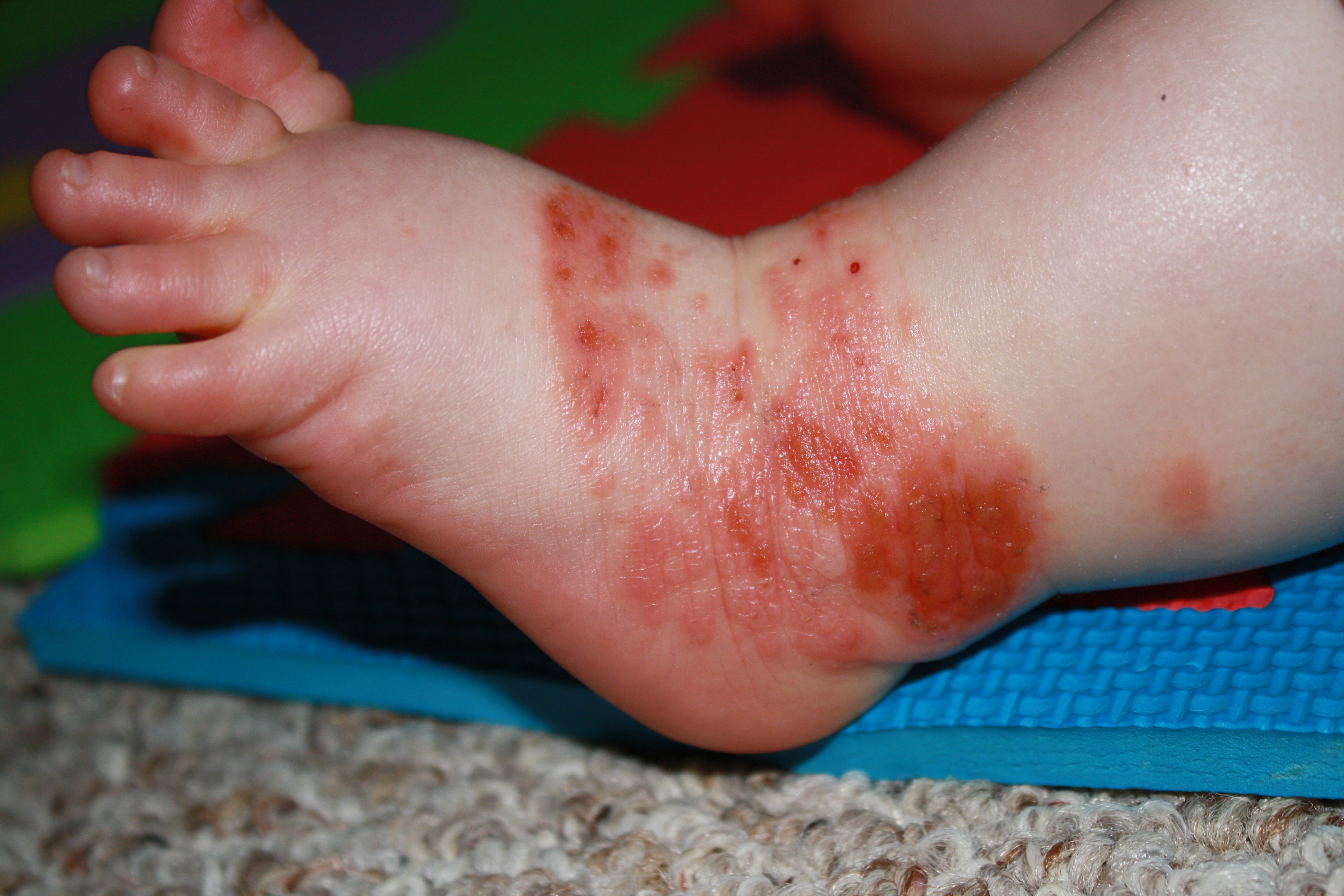
Hand Foot and Mouth Disease
What is Hand, Foot, and Mouth Disease?
Hand, foot, and mouth disease (HFMD) is a common viral infection, primarily affecting children, but it can also occur in adults. The disease is characterized by a rash of red spots and blisters on the hands, feet, and in the mouth. Caused predominantly by the coxsackievirus A16 and enterovirus 71, HFMD is highly contagious and spreads easily.
Transmission
HFMD spreads through direct contact with bodily fluids from an infected person, such as saliva, mucus, or feces. It can also spread through contact with contaminated surfaces.
Risk Factors
- Age: Children under 5 years are the most susceptible to HFMD.
- Environment: Common in daycare centers, schools, and other places with close group interactions.
- Season: More prevalent in warmer months and tropical climates.
Symptoms and Causes
What are the Signs of Hand, Foot, and Mouth Disease?
Symptoms typically manifest 3 to 6 days after exposure to the virus, with the following signs:
- Fever: Often the first sign of HFMD.
- Sore Throat: Accompanied by difficulty eating or drinking.
- Mouth Sores: Painful blisters appear on the tongue, gums, and inside the cheeks.
- Skin Rash: Red spots or blisters may appear on palms, soles, and sometimes buttocks or genitals.
- Loss of Appetite: Due to mouth discomfort.
What Causes Hand, Foot, and Mouth Disease?
HFMD is primarily caused by enteroviruses, with the coxsackievirus A16 being the most common. These viruses spread through:
- Close personal contact.
- Airborne respiratory droplets when an infected person coughs or sneezes.
- Contact with fecal material.
- Touching contaminated surfaces.
Diagnosis and Tests
How is Hand, Foot, and Mouth Disease Diagnosed?
Diagnosis is usually based on a combination of symptoms and a physical examination. Your healthcare provider may also take a throat swab or stool sample to confirm the virus if needed.
Management and Treatment
How is Hand, Foot, and Mouth Disease Treated?
There is no specific antiviral treatment for HFMD. Management focuses on symptom relief.
- Pain Relief: Over-the-counter medications such as acetaminophen (Tylenol) or ibuprofen (Advil) can help alleviate fever and discomfort. Always follow pediatric dosing guidelines for children.
- Hydration: Encourage fluid intake to prevent dehydration, especially important if mouth sores make eating and drinking painful.
- Mouth Rinses: Using saline mouth rinses can help alleviate mouth soreness.
Important Links for Medications:
Home Remedies for Hand, Foot, and Mouth Disease
Some supportive measures include:
- Cold Foods: Offering cold foods like ice cream or yogurt can provide relief from mouth discomfort.
- Avoiding Spicy or Acidic Foods: These foods may irritate the mouth blisters.
Prevention
How Can I Prevent Hand, Foot, and Mouth Disease?
Preventative strategies focus on hygiene and reducing risk of transmission:
- Frequent Handwashing: Wash hands thoroughly, particularly after diaper changes or using the toilet.
- Disinfect Common Areas: Clean high-touch surfaces regularly with disinfectant.
- Avoid Close Contact: Keep infected individuals away from others, especially at school or daycare.
- Teach Respiratory Etiquette: Cough or sneeze into the elbow to reduce spreading germs through the air.
Outlook / Prognosis
Can Hand, Foot, and Mouth Disease Come Back?
Yes, re-infection can occur with a different strain of the virus. The infection generally resolves on its own within 7-10 days.
What Are the Complications of Hand, Foot, and Mouth Disease?
Complications are rare but can include dehydration due to refusal to eat or drink and, in very rare cases, viral meningitis or encephalitis.
Living With
When Should I Call the Doctor?
You should seek medical advice if:
- Symptoms worsen or do not improve within 10 days.
- The patient shows signs of dehydration (such as dry mouth, decreased urination, or lethargy).
- High fever persists for more than two days.
What Questions Should I Ask My Doctor?
Consider asking your healthcare provider:
- How do I manage pain associated with HFMD?
- Are there signs I should look out for in terms of complications?
- How can I best prevent the spread to other family members?
- Is it safe for my child to attend school or daycare with these symptoms?
Additional Common Questions
Is Hand, Foot, and Mouth Disease Related to Having Animals?
No, HFMD is not spread from animals. It is a human disease caused by viruses that infect humans.
How Long Should a Child Stay Home with HFMD?
To prevent spreading the infection, children should stay home until fever-free for at least 24 hours and without other symptoms of infection.
Is This Disease the Same as Foot-and-Mouth Disease in Animals?
No, they are not the same. Foot-and-mouth disease affects livestock and is caused by a different virus. Humans are not typically affected by this animal virus.
By understanding the symptoms, preventive measures, and treatment options, managing and containing hand, foot, and mouth disease becomes a more straightforward task. For additional and reliable information, always consult a healthcare professional or refer to trusted medical resources.

Identify Skin Conditions Instantly
Try Rash ID for Free